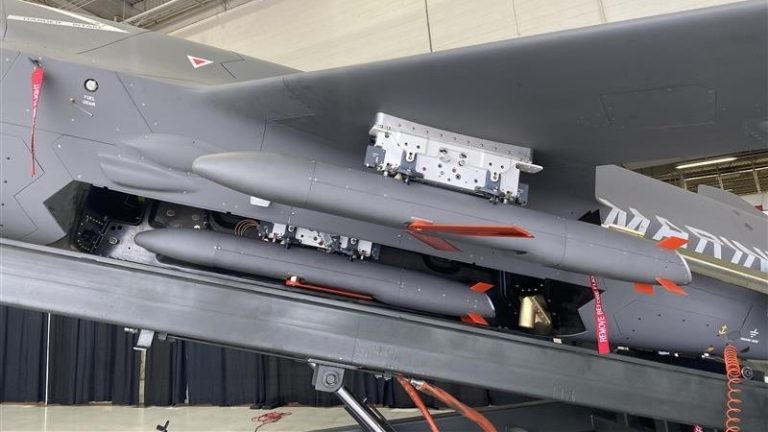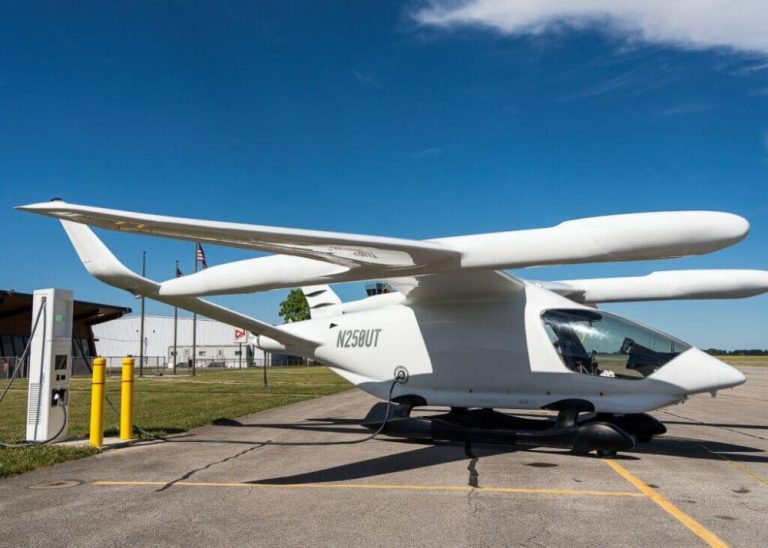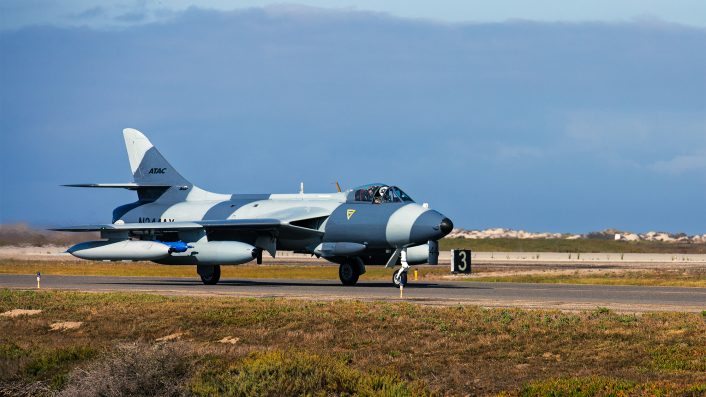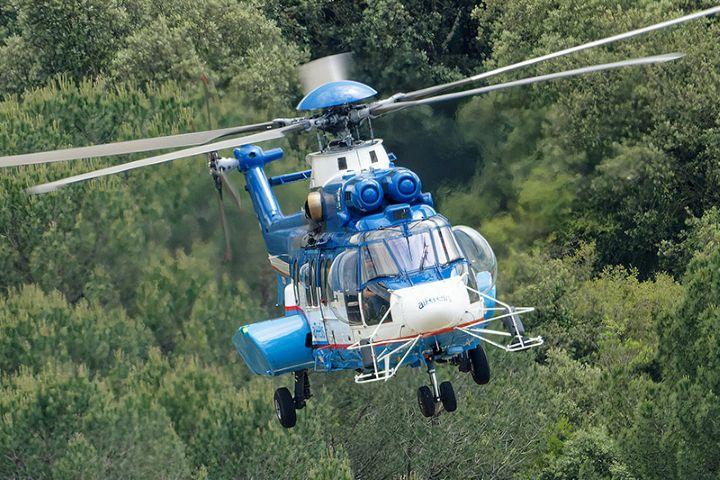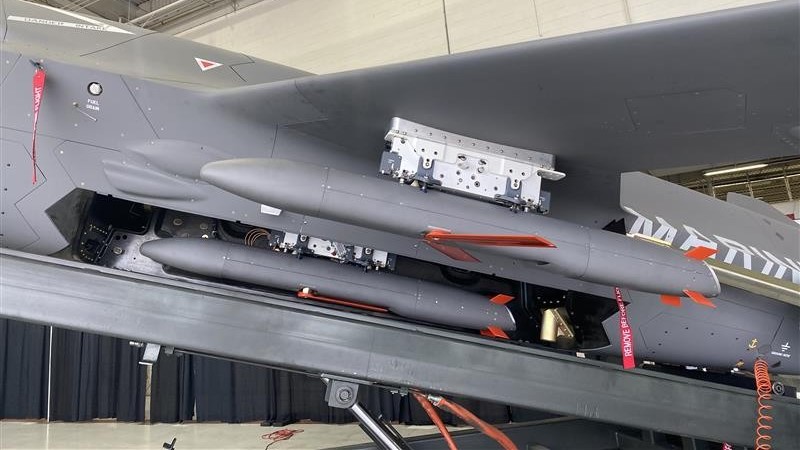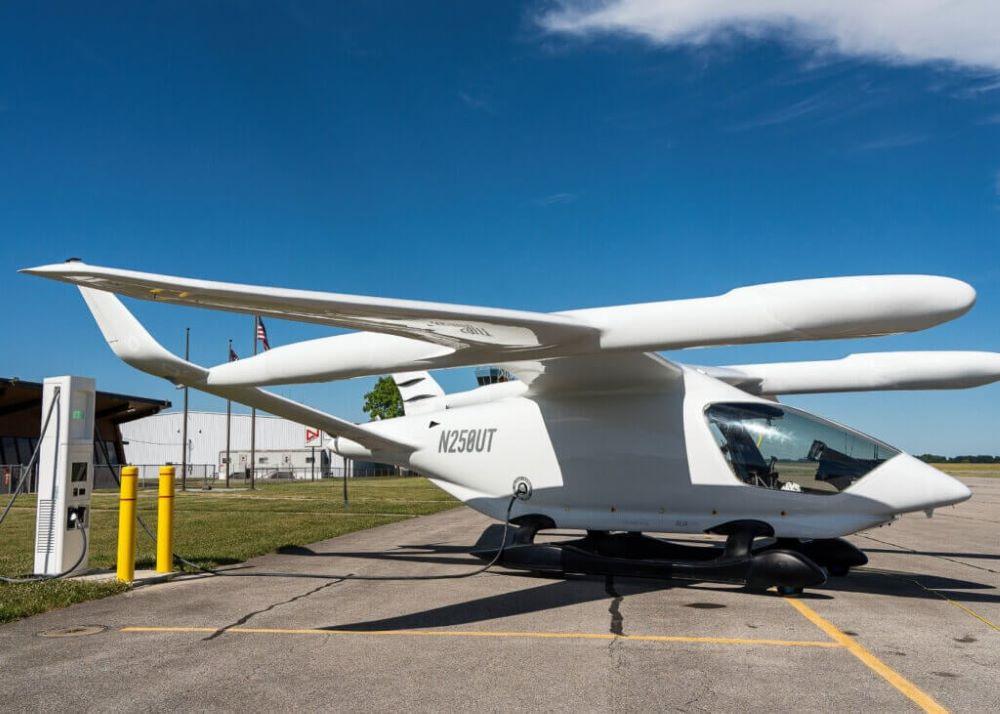LAS VEGAS—A project to restore the first customer-delivered Learjet, the Lear Jet 23-003 business jet, to flying condition is progressing. It’s an important project, organizers note.
The Lear Jet 23, later spelled Learjet, is the jet that launched the entire business jet industry, said Rick Rowe, a co-founder of the Classic Lear Jet Foundation, the organization begun by former Learjet and Bombardier employees and retirees to undertake the project.
“Bill Lear came to Wichita in 1959 and challenged the other manufacturers to build a business jet,” Rowe said. “Business aviation was going on, but they were flying Beech 18s and piston-powered aircraft. [Lear] said, ‘If you don’t build a business jet, I will.’ They didn’t and he did.”
The group is promoting the restoration project during NBAA-BACE at the Spectro/Jet-Care exhibit #1431 here. The project is underway inside a former Learjet delivery center at the Bombardier facility in Wichita.
“I’m happy to see it,” said Clay Lacy, founder and former CEO of Clay Lacy Aviation. In 1964, Lacy flew the first Learjet at the Van Nuys Airport near Hollywood’s growing entertainment industry. In 1968, he founded the first jet charter company on the West Coast. “Learjet was very important to my life—over 50 years of flying it and a wonderful airplane,” said Lacy, who was instrumental in making the Learjet a household name at the time.
The aircraft under restoration was delivered to the first Learjet customer on Oct. 13, 1964. The foundation completed buying the aircraft from its Florida owner in January 2023 and finalized a long-term agreement with Bombardier in mid-2024. In October 2024, they moved it to a working bay inside Building 14 on the Bombardier campus to start restoration work.
“It’s a real project,” Rowe said. “To see the progress that we’ve made in basically this last year is amazing.” To date, volunteers have put in about 1,500 total hours of work on the aircraft. Two major undertakings were to strip the paint from the fuselage and to remove the wiring from the interior, which was the biggest challenge to date.
Volunteers began removing foam insulation from inside the fuselage, digging it out with a chisel and hammer. That is, until a company that performs powder coating and sand blasting volunteered to blast it with dry ice. “The ice doesn’t damage the metal; it just pulverizes the foam into a powder, and it goes into the bottom of the airplane and you scrape it out with a dustpan and broom,” Rowe said. “The dry ice dissipates into the air, and there’s no hazmat.”
Once completed, the windows and windshield will be removed. Nondestructive testing to look for corrosion and cracks in the metal is scheduled to begin later in October. After testing, volunteer engineers will then map a course of action, he said.
The foundation estimates it will take from $3 million to $5 million to complete the project and 3-5 years for the aircraft to be ready to fly, depending on donations, financing and volunteers. “The goal is to get it to flight status and use it as a living flight-history project,” Rowe said.

